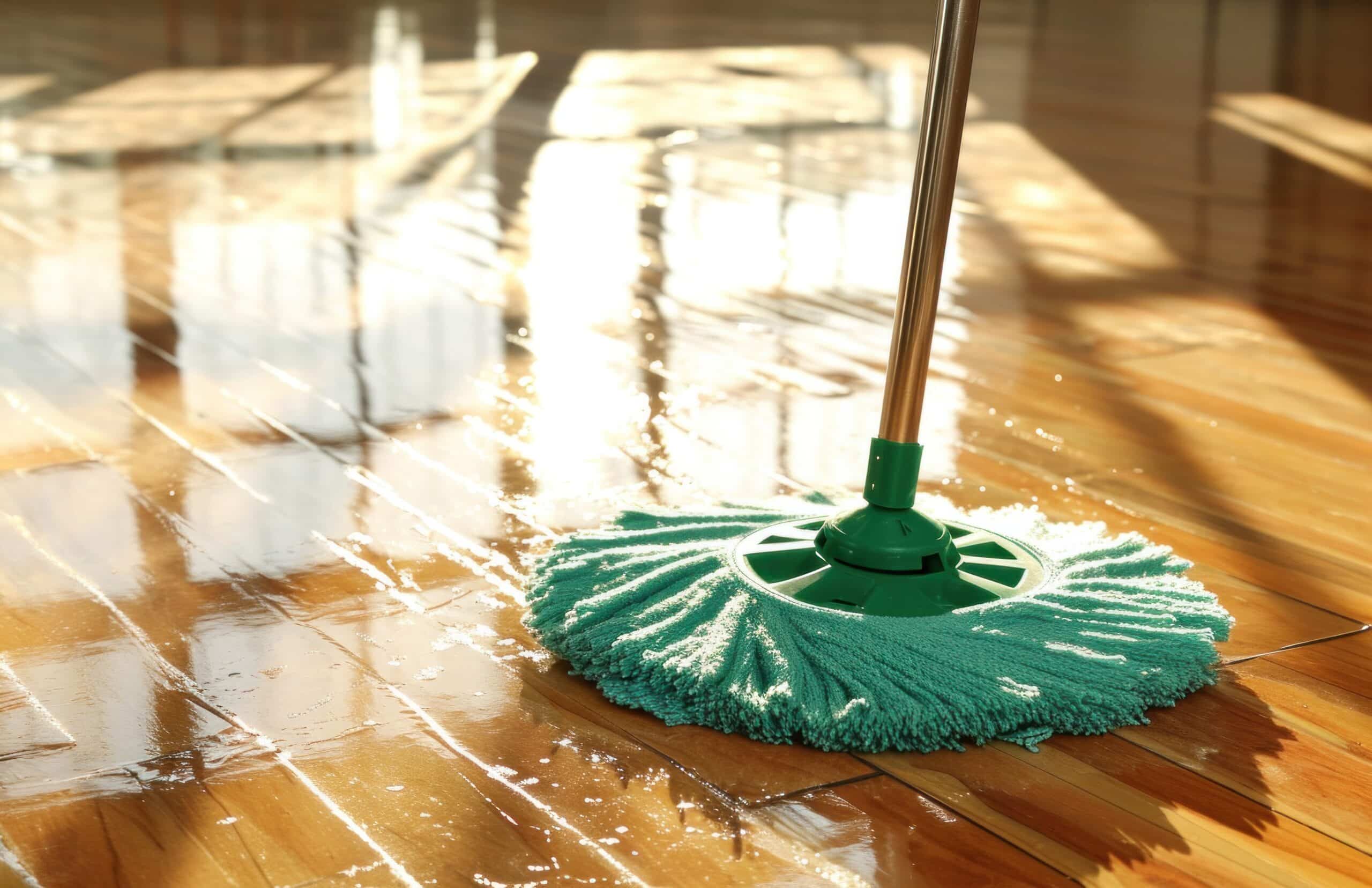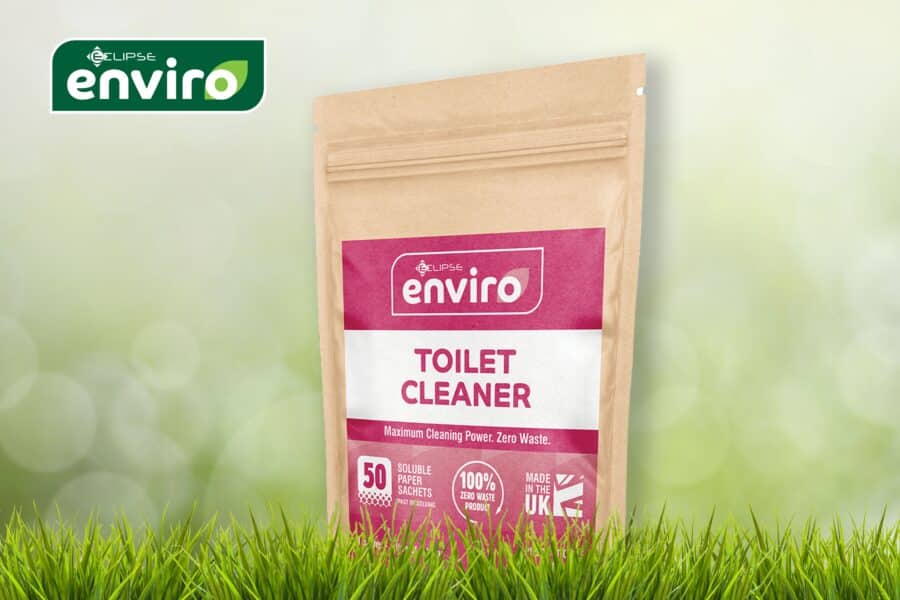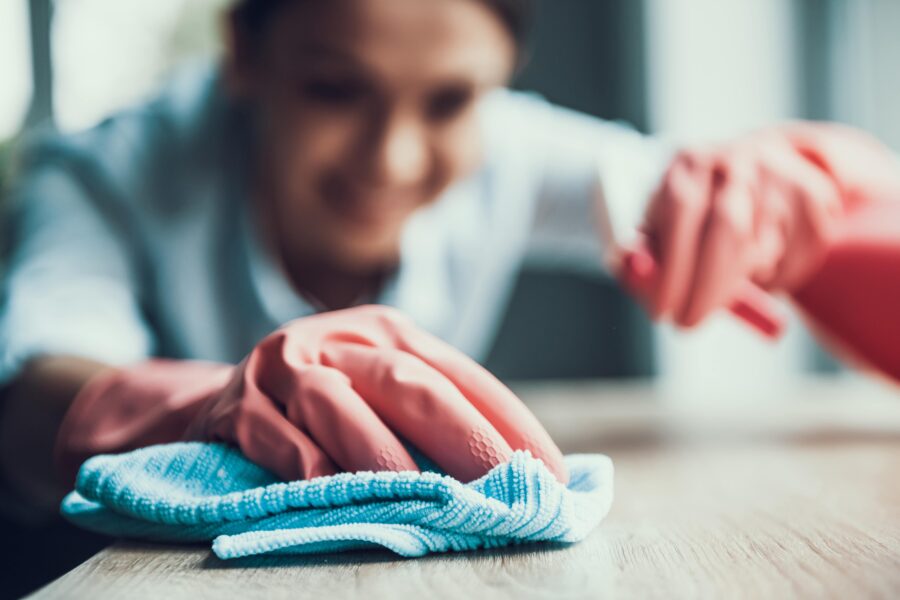The Best Mop Systems for Care Homes: Infection Control and Staff Efficiency
Keeping floors clean in a care home is essential—not just for appearance, but for infection prevention, safety, and CQC compliance. The right mop system makes a major difference in how effectively your team works and how well your facility performs in audits. In this guide, we explore the best mop systems for care homes, including what to look for, how to use them properly, and how to reduce cross-contamination and improve efficiency.
Why Mop Systems Matter in a Care Environment
Care home floors experience constant foot traffic, spillages, and exposure to bodily fluids. Using the wrong mop—or worse, an outdated system—can:
-
Spread germs from room to room
-
Increase the risk of slips and trips
-
Waste staff time and energy
-
Fall short of hygiene inspection standards
Upgrading your mop system isn’t just about products—it’s about improving your infection control process from the ground up.
What Makes a Mop System Suitable for Care Homes?
Not all mops are equal, especially in healthcare or residential settings. The best mop systems for care homes have:
-
Colour-coded components to prevent cross-contamination between rooms (e.g. bathrooms vs. bedrooms)
-
Microfibre heads for better absorption and bacteria removal
-
Flat or pre-soaked mop heads to reduce dripping and drying time
-
Lightweight designs for staff comfort over long shifts
-
Bucket or trolley systems that separate clean and dirty water
If you’re unsure what setup is right for your home, we can advise you based on your layout and cleaning demands.
Types of Mop Systems and Their Benefits
Let’s break down the most popular mop systems used in care home environments:
1. Pre-Prepared Microfibre Mop Systems
These systems use single-use or laundered flat mop heads that are pre-dosed with cleaning solution.
Benefits:
-
Prevent cross-contamination (each area gets a fresh mop head)
-
No need to wring or use dirty water
-
Lightweight and ergonomic for staff
-
Ideal for small to medium-sized homes
Explore Able’s range of flat mop systems and accessories to find a setup that suits your cleaning routine.
2. Kentucky Mop and Bucket Systems
Traditional but still widely used, Kentucky mops are better for heavy-duty cleaning or large spill areas.
Benefits:
-
High absorbency
-
Easy to maintain
-
Cost-effective for low-frequency areas
However, they’re more likely to spread bacteria between rooms if not managed carefully, and may not meet modern infection control expectations.
3. Spray Mops and Compact Systems
Spray mops are ideal for quick cleanups or small communal areas like lounges or kitchens.
Benefits:
-
No bucket required
-
Great for mobility-impaired areas or spot cleaning
-
Fast-drying and low water usage
Pairing a spray mop with a pre-treated microfibre pad can be highly effective in reducing cleaning time without sacrificing hygiene.
Key Infection Control Tips for Mop Use
Whatever mop system you choose, the following best practices apply in care homes:
-
Use a new or clean mop head for each room
-
Store mop heads dry and launder them after every use
-
Follow a colour-coded system (e.g. red for bathrooms, blue for general areas)
-
Use auto-dosing or pre-dosed mop heads to ensure accurate chemical application
-
Clean and dry buckets and equipment after every use
You’ll find more guidance and products to support these standards in our Cleaning & Hygiene section.
When to Replace Your Mop System
You may need to upgrade your mop setup if:
-
Staff complain of fatigue or poor usability
-
You’ve failed or nearly failed a hygiene audit
-
Mop heads appear worn or retain odour
-
Your current system lacks colour coding or disinfection controls
In most cases, investing in a better mop system improves both efficiency and hygiene outcomes.
If you’re unsure what to upgrade first, contact us—we’ll help you select a system that meets your care home’s layout, budget, and compliance needs.
Helpful External Resource
For mop handling and infection control best practices, the National Infection Prevention and Control Manual (NIPCM) offers non-commercial guidance followed by many UK care providers.
Final Thoughts
Choosing the best mop system for your care home isn’t just about cleaning—it’s about compliance, staff wellbeing, and resident safety. With so many options available, the right system can dramatically improve hygiene standards while saving time.
Browse our care home mop systems and accessories, or reach out to us directly for personalised advice.





